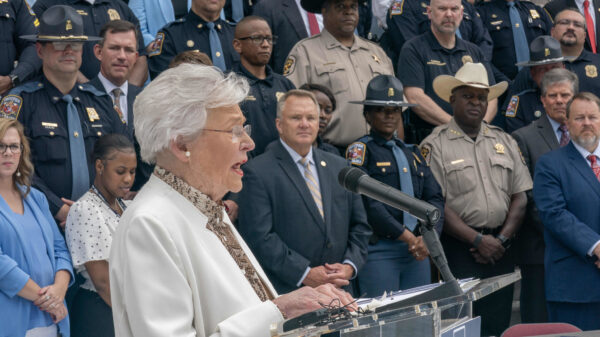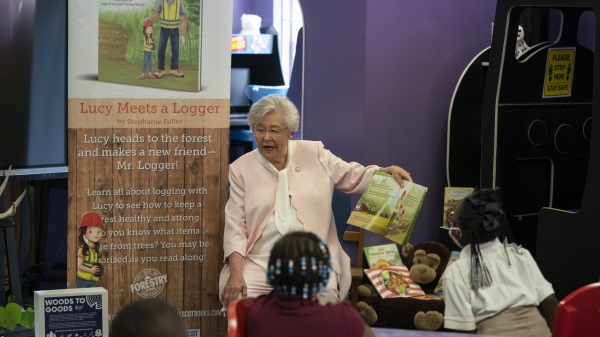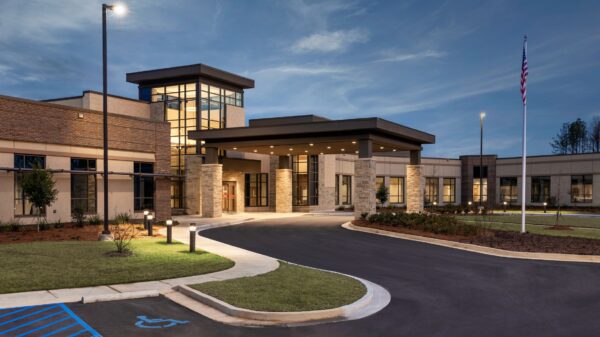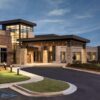Nearly 40 percent of Alabama’s COVID-19 deaths have been among long-term care facility residents. As of Monday, 107 long-term care facility residents have died from the virus, according to the Alabama Department of Public Health.
The 107 reported deaths among long-term care facility residents account for 36.1 percent of the state’s 296 COVID-19 deaths, as of Monday, May 4. Long-term care facilities include both nursing homes and assisted-living facilities.
It’s not clear how many of the deaths are linked to nursing homes and how many are linked to assisted-living facilities.
The number of deaths has not been regularly released by the Alabama Department of Public Health, but it comes as several nursing homes in the state have experienced serious outbreaks — including facilities in Mobile, Alexander City and Hoover.
At least 19 deaths — 17 of which were residents — have been linked to one facility in Mobile County. Two employees at that facility have also died.
The Alabama Nursing Home Association said Sunday that it is aware of at least 85 member facilities with reported cases in 43 counties. The association represents 94 percent of the state’s nursing homes but not assisted living facilities.
{{CODE1}}
“The significant increase in numbers you’re seeing in Alabama reinforces how vulnerable residents and staff of long-term care facilities are to the spread of this virus,” said Lori Smetanka, the executive director of The National Consumer Voice for Quality Long-Term Care, a group that advocates for long-term care facility residents.
As of Monday afternoon, at least 1,313 long-term care facility residents and employees have tested positive for COVID-19. Of those, 798 are residents and 515 are employees. The number of confirmed cases among residents has increased from 526 on April 26, and among employees from 359 cases on April 26.
“From what we’ve observed in other states around the country, it seems like nursing home peaks trend behind general population peaks,” John Matson with the Alabama Nursing Home Association said Sunday of the rising number of cases. “We knew once Alabama peaked that nursing homes would not be out of the woods yet.”
Speaking to APR Sunday, Matson attributed the new cases, at least in part, to more widespread testing.
“It’s getting better, but we’re still not where we want to be,” Matson said. “I’m not casting any blame on the Alabama Department of Public Health. They’ve worked with us hand-in-hand. But when there’s just not enough tests available, there are not enough tests available.”
In recent weeks, those who are hospitalized, health care workers and long-term care facility residents and employees have been given priority for testing. Nursing homes have also found private labs to test their residents.
“One thing I think this is illustrating is what we’ve been trying to say all along: This is very serious, especially for people who are elderly and with multiple medical conditions. And those are nursing home residents,” Matson said. “That’s why we were so vigilant in the first place.”
Some nursing homes in the state, Matson said, have been given special authorization to test all of their residents, and they’ve found many positive cases who were asymptomatic.
“The problem we’ve had with testing is that under CDC guidelines, you didn’t give priority for someone who was asymptomatic and elderly,” Matson said. “You were only giving access to testing to people who were symptomatic and elderly. You’ve got to know if someone is positive or negative because they could very well be positive but exhibit no symptoms.”
In mid-April, specialized teams with the Alabama National Guard began assisting nursing homes in the state with disinfection and containment. The special teams were dispatched to train staff on the techniques of donning and doffing personal protective equipment.
The Alabama Department of Public Health has said available resources and need will dictate the number and frequency of disinfection missions the Alabama National Guard teams perform, and the National Guard will continue to provide this service for the duration of the pandemic.
Smetanka echoed Matson’s call for still more testing.
“Each state needs a coordinated plan to combat the spread of COVID in long-term care facilities, which should include the use of state-level strike teams, widespread testing of all residents and staff, and greater accountability on the implementation of proper infection control procedures within facilities,” Smetanka said.
The rising death toll in long-term care facilities comes as the federal government is considering rolling back infection control requirements in nursing homes. Nationally, more than 16,000 long-term-care residents and staff have died of COVID-19, according to a USA TODAY analysis.
In Alabama, about 77 percent of COVID-19 deaths have been age 65 and older. But 20 percent of the deaths have been between the ages of 50 and 64. At least 3 percent of the 296 deaths have been among those ages 26 to 49.
[visual-link-preview encoded=”eyJ0eXBlIjoiaW50ZXJuYWwiLCJwb3N0Ijo4MzEwOSwicG9zdF9sYWJlbCI6IlBhZ2UgODMxMDkgLSBNYXBwaW5nIENPVklELTE5IGluIEFsYWJhbWEiLCJ1cmwiOiIiLCJpbWFnZV9pZCI6ODczMTEsImltYWdlX3VybCI6Imh0dHBzOi8vd3d3LmFscmVwb3J0ZXIuY29tL3dwLWNvbnRlbnQvdXBsb2Fkcy8yMDIwLzA0L0Fkb2JlU3RvY2tfMzM0NDI3OTI4LTEwMDB4NjAwLmpwZWciLCJ0aXRsZSI6Ik1hcHBpbmcgQ09WSUQtMTkgaW4gQWxhYmFtYSIsInN1bW1hcnkiOiJXZSBhcmUgdHJhY2tpbmcgdGhlIGxhdGVzdCBkYXRhIGFuZCBpbmZvcm1hdGlvbiBoZXJlLiIsInRlbXBsYXRlIjoidXNlX2RlZmF1bHRfZnJvbV9zZXR0aW5ncyJ9″]





















































